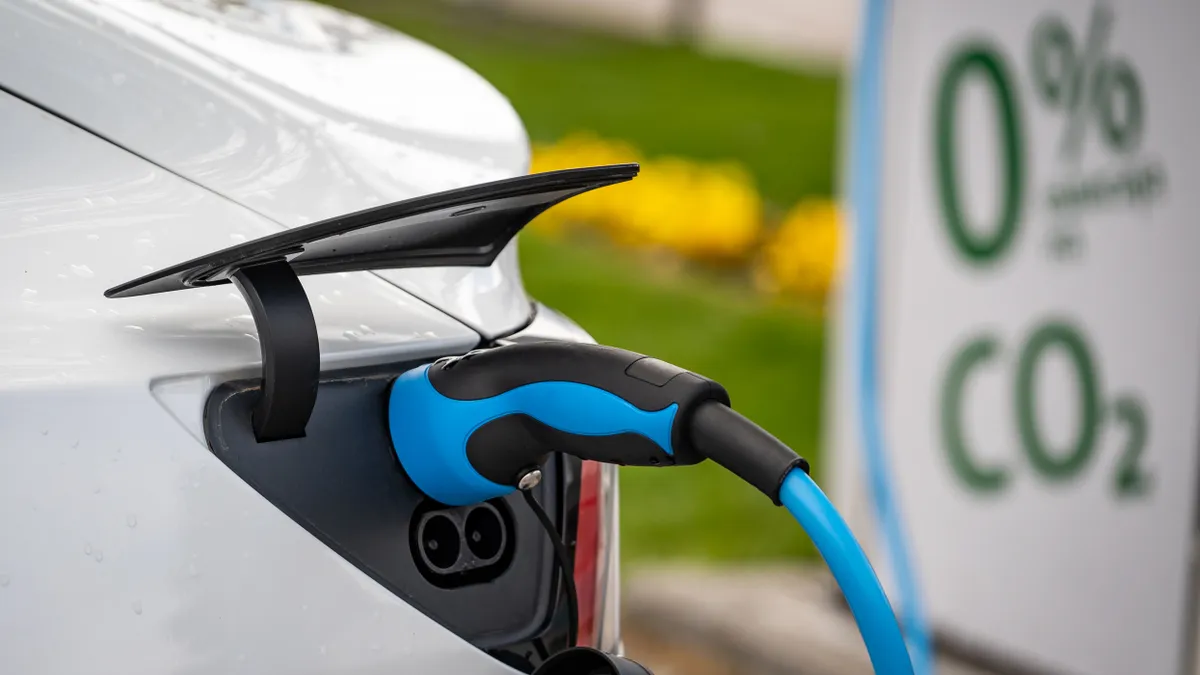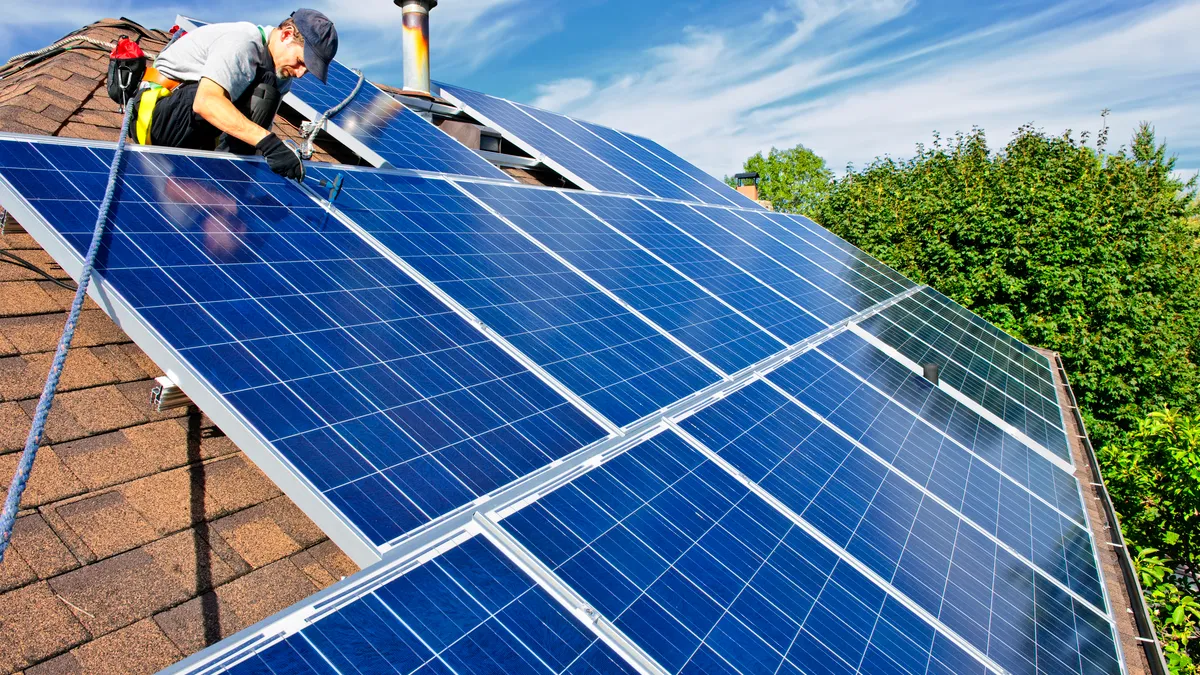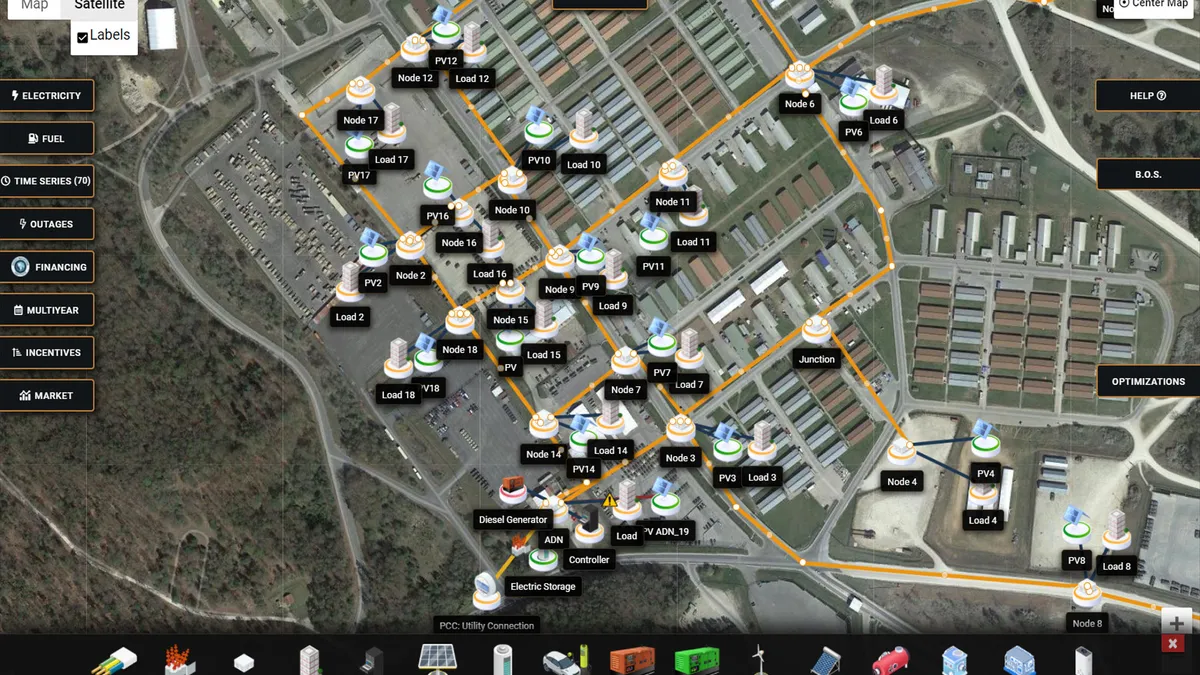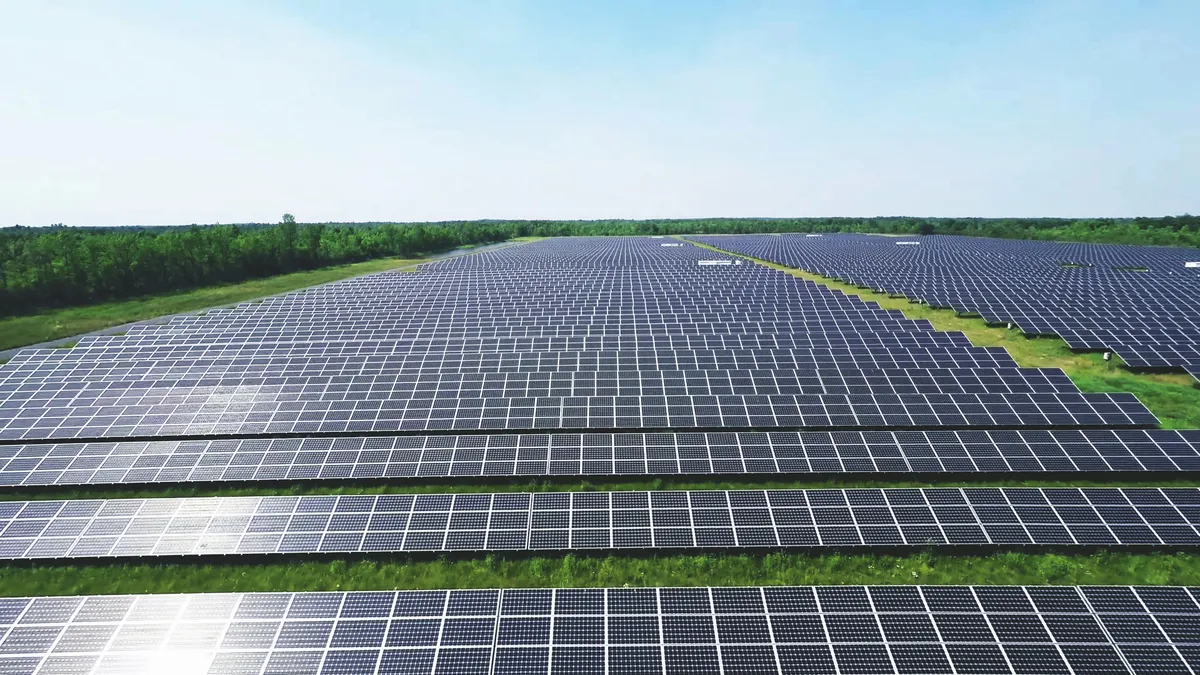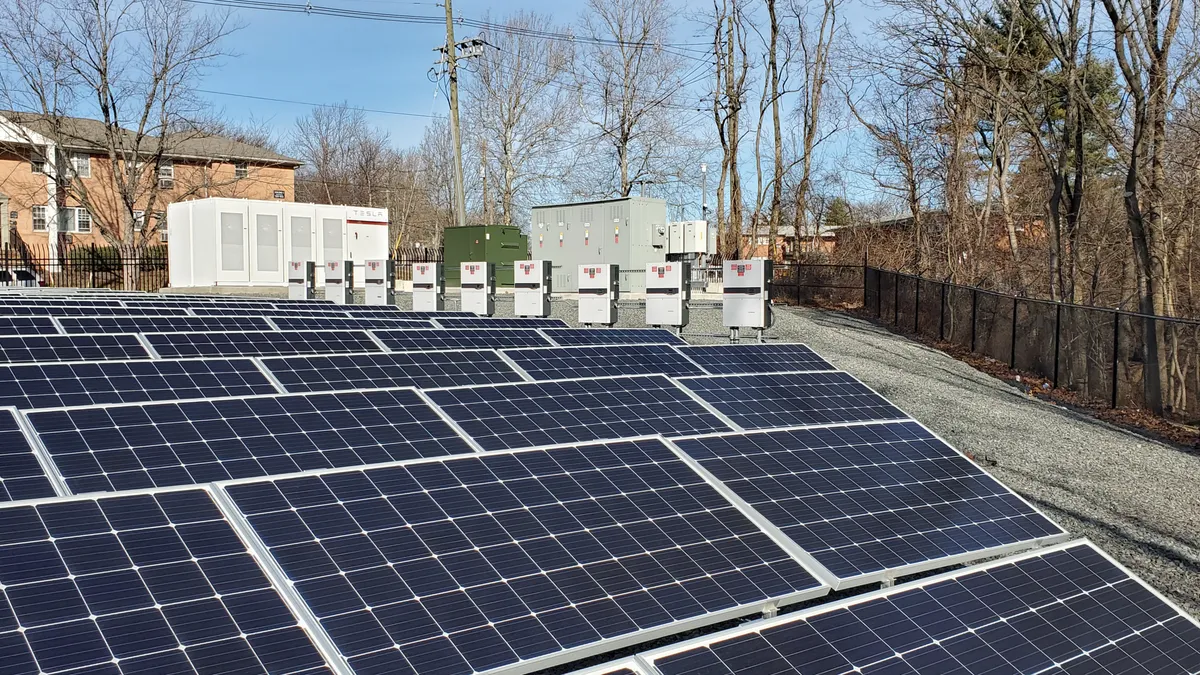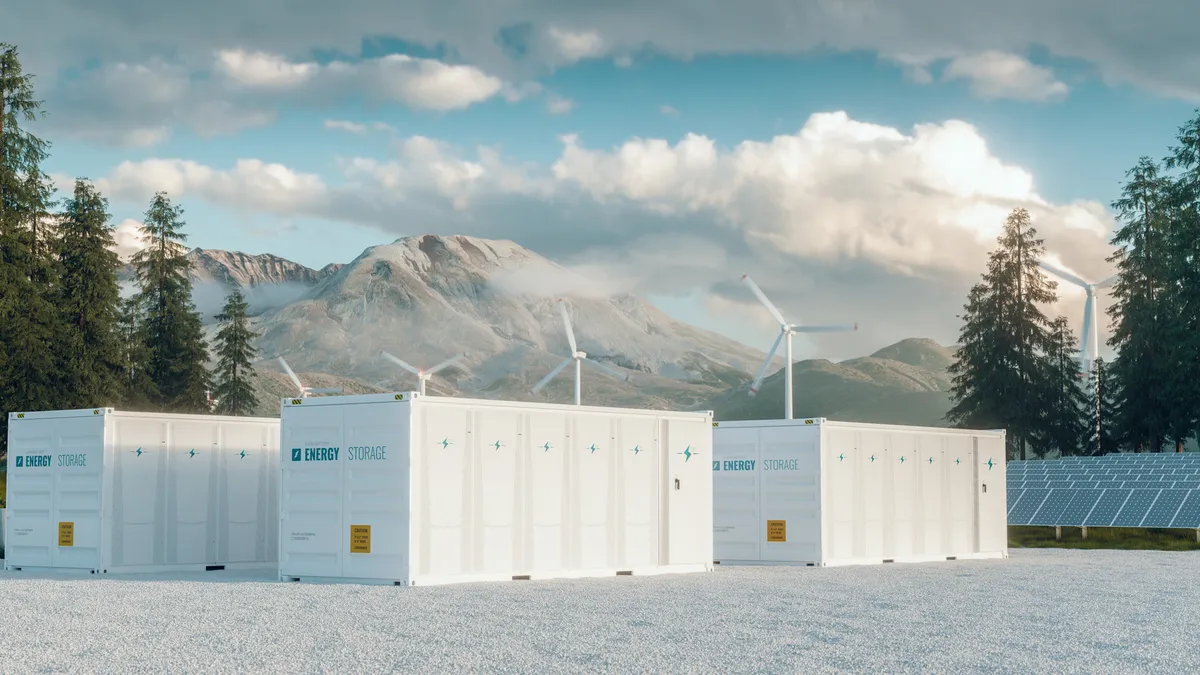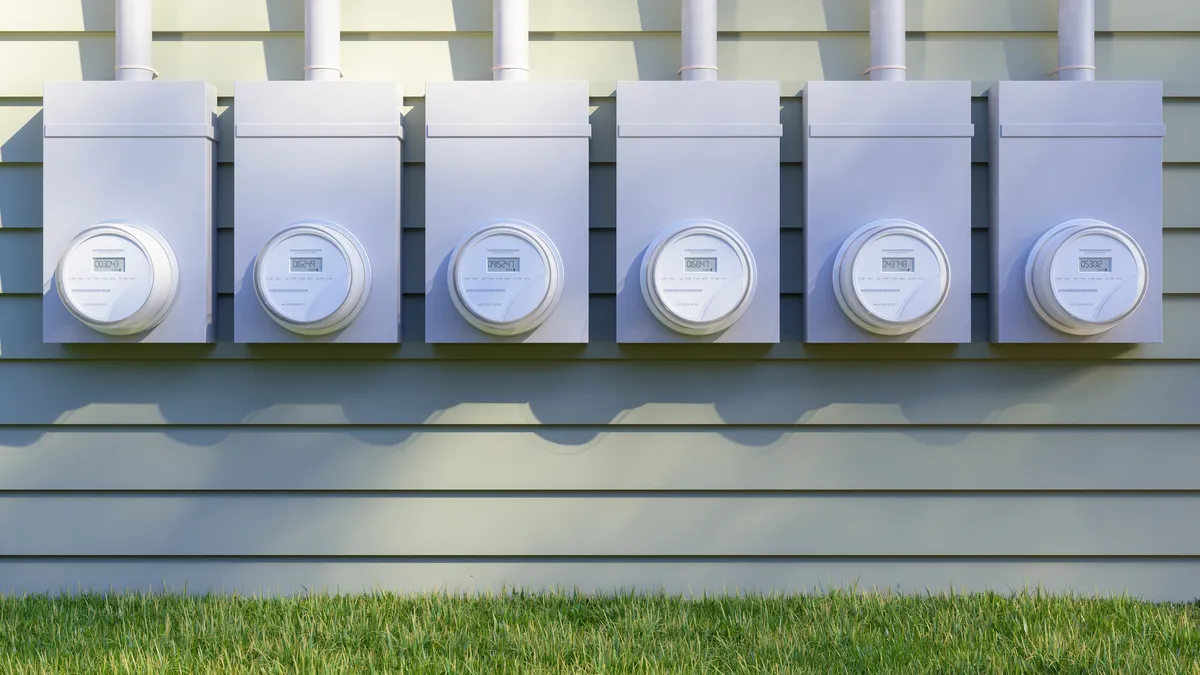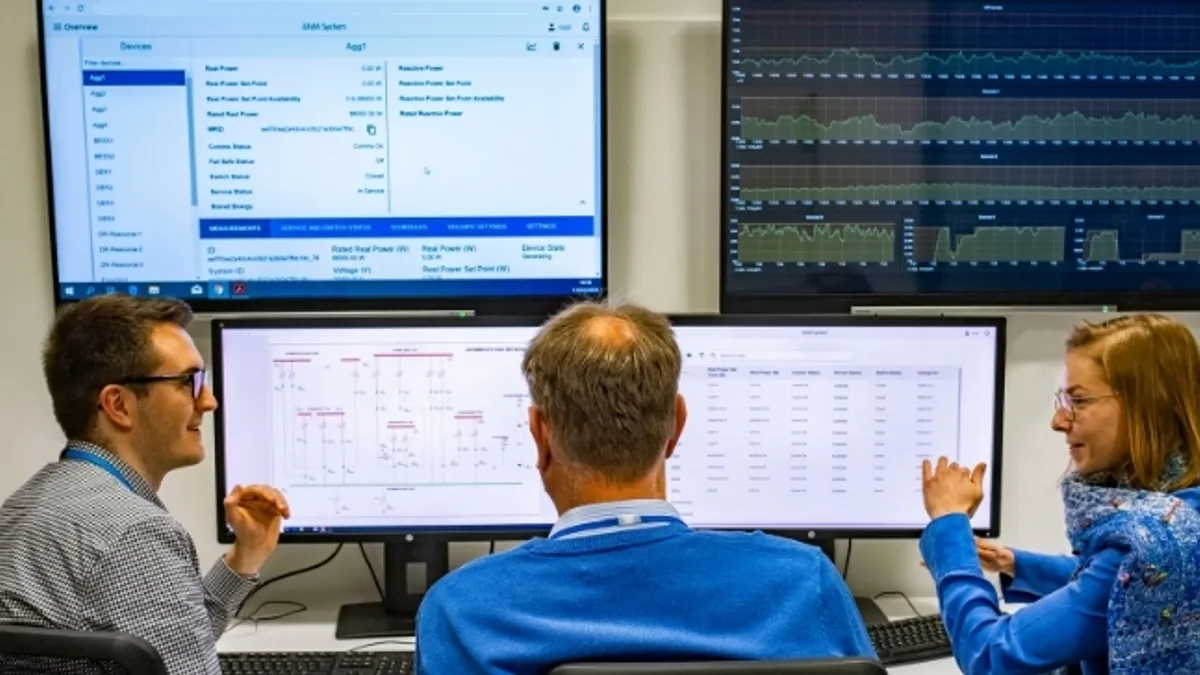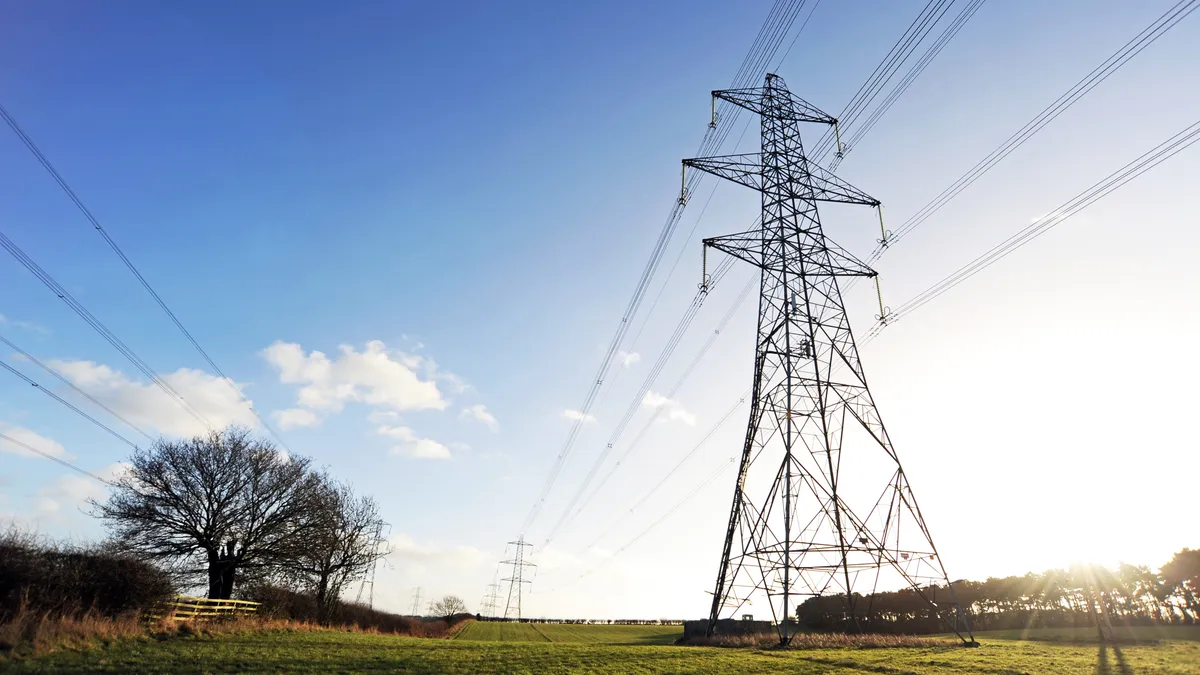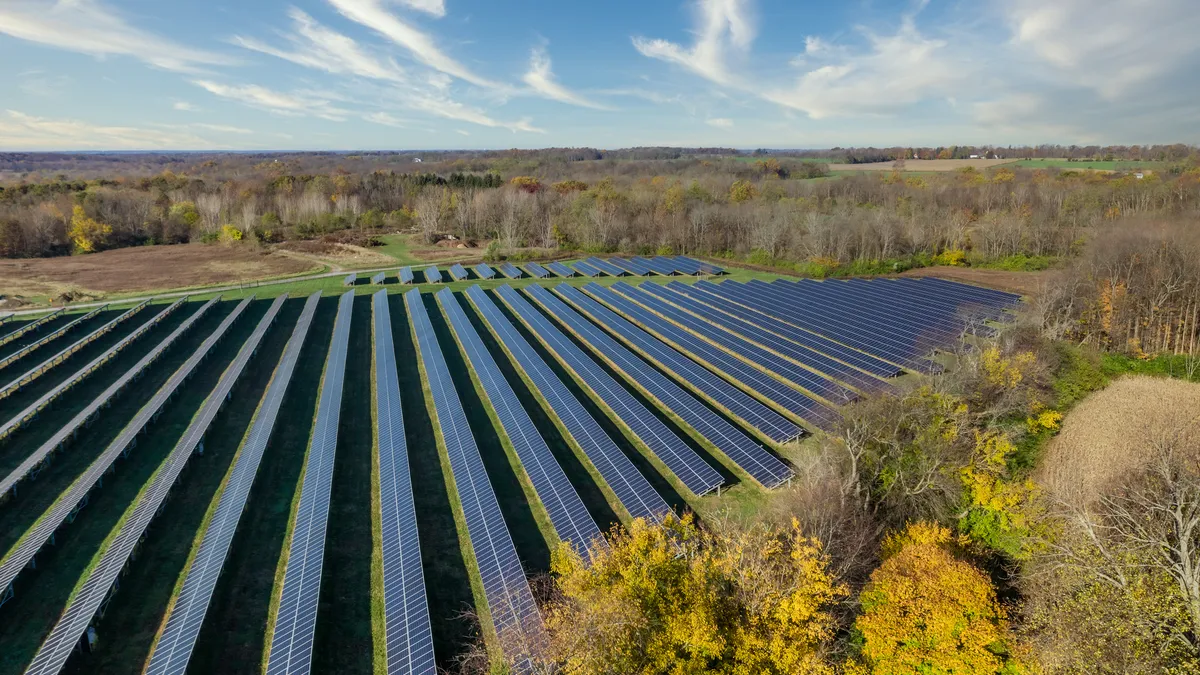Distributed Energy: Page 11
-
Sponsored by Esri
GIS mobility – the true utility digital twin secret weapon
A utility digital twin includes a digital representation of the assets and it includes the processes of a utility.
By Bill Meehan • Dec. 19, 2022 -
California lowers compensation rate for rooftop solar, prompting fears of a steep drop in installations
Regulators hope the decision will encourage customers to install storage paired with solar systems to draw more excess energy during the middle of the day and export energy back to the grid in the evening.
By Kavya Balaraman • Dec. 16, 2022 -
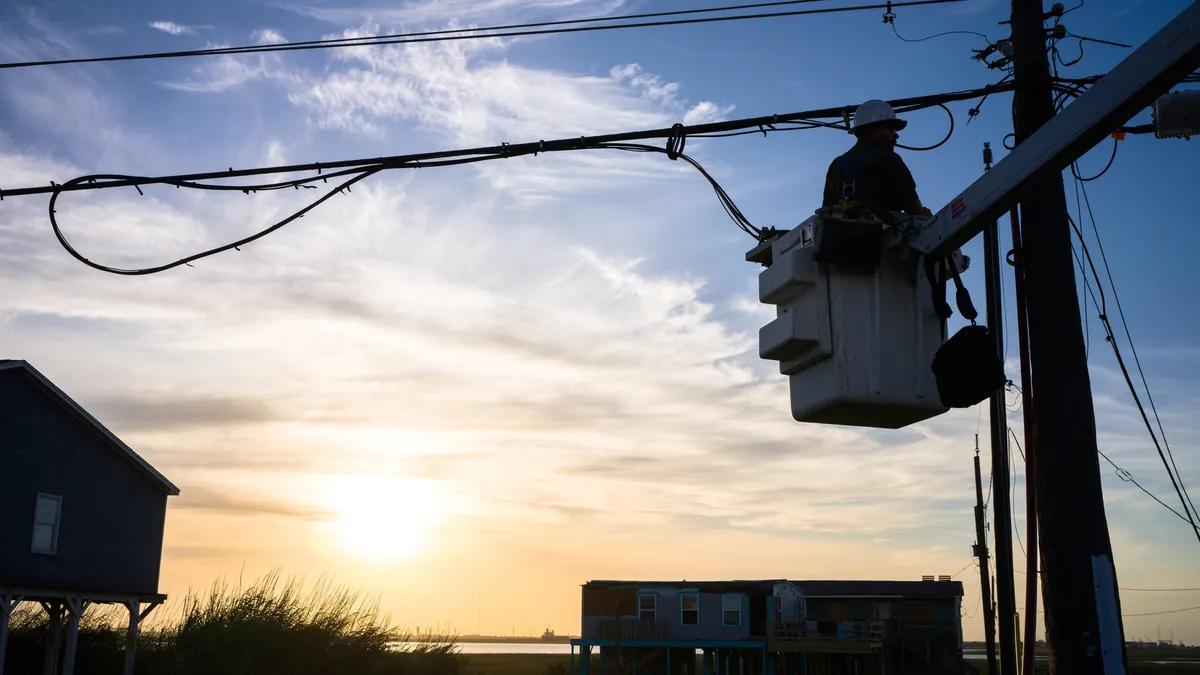 Explore the Trendline➔
Explore the Trendline➔
 Brandon Bell/Getty Images via Getty Images
Brandon Bell/Getty Images via Getty Images Trendline
TrendlineAI in the Power Sector
Artificial intelligence is uniquely positioned to impact the electricity industry from both ends: as the technology driving large load demand growth and as a tool with the potential to make the power system more efficient.
By Utility Dive staff -
Cost concerns could blunt ‘promising’ utility trends on energy storage, smart meters, EVs: Deloitte
“Supply chain snags, rising costs and extreme weather are likely to continue plaguing the power sector,” the consulting firm said in a report.
By Ethan Howland • Dec. 14, 2022 -


https://stock.adobe.com/EmiCem Photography
 Sponsored by Camus Energy
Sponsored by Camus EnergyTop 5 challenges facing distribution utilities in 2023
In interviews with more than 30 utility leaders from organizations large and small, five challenges stood out as most top-of-mind for utilities across the United States.
Dec. 12, 2022 -
10 must-read utility sector stories from 2022
Reliability, security and affordability concerns are rising in a U.S. power sector increasingly focused on decarbonization and electrification. Utility Dive has rounded up some of our top stories so far on these and other trends in 2022.
By Larry Pearl • Dec. 5, 2022 -
Deep Dive
High electricity rates impede crucial but costly technology investments to manage rising DER levels: utilities
Utilities want distribution system technologies for more DER visibility and control. But advocates want a new national stakeholder dialogue about the timing of spending for DER integration.
By Herman K. Trabish • Nov. 29, 2022 -
Sponsored by XENDEE
How to create utility scale microgrids
Distributed energy resources (DERs) have emerged as a financially viable and resilient alternative to traditional generation assets and distribution.
Nov. 28, 2022 -
House lawmakers, advocates want $5B to help Puerto Rico install rooftop solar, storage systems
Dozens of Democratic lawmakers in the House have called for an emergency supplemental spending bill to provide clean energy for underserved Puerto Rican households.
By Robert Walton • Nov. 22, 2022 -
Solar industry, utilities, ratepayer advocates clash over California net energy metering proposal
“Other states that have implemented a similar cliff in the export compensation rate have seen sharp declines in the pace of solar deployment,” a solar industry representative said.
By Kavya Balaraman • Nov. 17, 2022 -
SDG&E partners with General Motors to study electric vehicle bidirectional charging potential
The collaboration will focus on three bidirectional capabilities: the ability for vehicles to support home energy needs, send energy back to the grid or participate in a virtual power plant.
By Robert Walton • Nov. 16, 2022 -
Deep Dive
US can reach 100% clean power by 2035, DOE finds, but tough reliability and land use questions lie ahead
New aggressive planning is needed to identify the long-duration storage technologies and find the land to grow enough resources to reach the Biden administration’s net zero emissions goals, a DOE national lab reports.
By Herman K. Trabish • Nov. 15, 2022 -
Opinion
The Inflation Reduction Act leaves low-income homeowners out of the clean energy transition. Or does it?
The IRA has a major flaw in one of its most popular provisions – the residential tax credit for solar and battery storage. Low-income homeowners often do not have a tax liability and cannot access this 30% tax credit.
By Shelley Robbins • Nov. 15, 2022 -
‘Needs more work’: Solar industry remains skeptical of California PUC’s new net energy metering proposal
One initial analysis suggests the proposal, if approved, would cut the average export rate in California from 30 cents per kilowatt to 8 cents per kilowatt effective April 2023.
By Kavya Balaraman • Nov. 11, 2022 -
SMUD tests tool to accelerate rooftop solar interconnections
The Sacramento Municipal Utility District project “has worldwide potential,” according to the National Renewable Energy Laboratory, and can “easily handle hundreds of applications daily.”
By Robert Walton • Nov. 10, 2022 -
Deep Dive
Bringing equity to electricity service through home, power sector and regulatory innovation
Individual homes can be upgraded, community solar can help to lower bills and regulators can broaden the public engagement process to be more inclusive, consumer advocates say.
By Herman K. Trabish • Oct. 27, 2022 -
Battery capacity in the US more than tripled since the start of 2021: report
More battery projects are coming online, spurring a significant rise in storage capacity and drawing in growing levels of corporate funding.
By Stephen Singer • Oct. 21, 2022 -
GM takes on Tesla, others; launches unit focused on energy storage, solar and vehicle-to-grid charging
General Motors hopes the new services will spur EV adoption while improving grid resiliency, it said as part of a broader business announcement Tuesday.
By Dan Zukowski • Oct. 11, 2022 -
Deep Dive
97% of smart meters fail to provide promised customer benefits. Can $3B in new funding change that?
Interoperability standards can deliver “non-discriminatory access” to real-time data from new smart meters to fulfill promises of customer savings and other system benefits, energy managers say.
By Herman K. Trabish • Oct. 5, 2022 -
Deep Dive
Real-time pricing, new rates and enabling technologies target demand flexibility to ease California outages
Price signals linked to power market needs through smart technologies could make distributed energy resources that are aggregated and automated by third parties an answer to California reliability threats, industry observers said.
By Herman K. Trabish • Sept. 13, 2022 -
Sponsored by Smarter Grid Solutions
Why it might be simpler to address the challenge of managing DER with DERMS than you think
Integration of DER into planning, operations and markets presents massive challenges and opportunities but the DERMS journey for utilities is achievable and has clear starting points.
By Erik Felt, Smarter Grid Solutions • Aug. 29, 2022 -
Inflation Reduction Act has ‘direct impact’ on California net energy metering modeling, utilities say
The new law comes as California regulators consider reforming their existing net energy metering framework. A previous proposal received sharp criticism from the solar industry.
By Kavya Balaraman • Aug. 24, 2022 -
PG&E, Tesla virtual power plant delivers 16.5 MW to California grid amid calls for energy conservation
In a tweet, PG&E Corp. CEO Patti Poppe said that “the world’s largest distributed battery sure did put on a show!”
By Kavya Balaraman • Aug. 23, 2022 -
Opinion
MISO can improve reliability before building transmission
Well before MISO builds out its recently approved $10 billion transmission portfolio, it can avoid blackouts by boosting its operating reserves rather than keeping a singular focus on planning reserves, the authors write.
By Rao Konidena and Allison Bates Wannop • Aug. 15, 2022 -
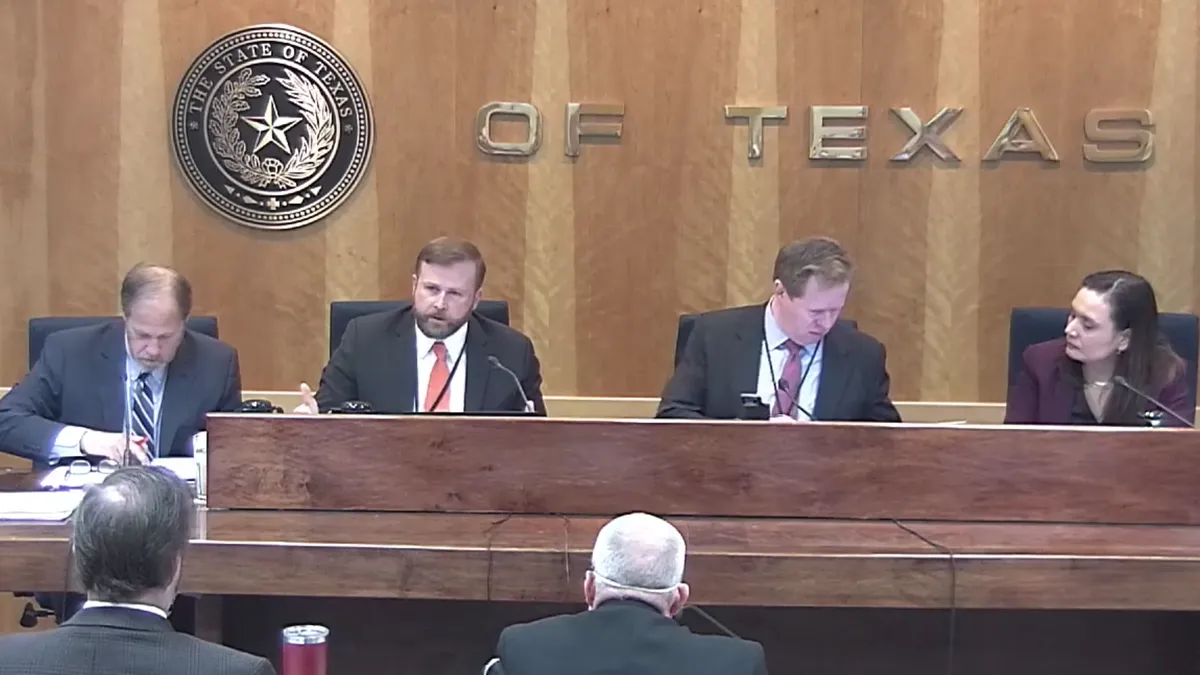
 Retrieved from Public Utilities Commission of Texas.
Retrieved from Public Utilities Commission of Texas.
Texas regulators developing aggregated DER pilot project to boost reliability
The effort is part of the Public Utilities Commission of Texas’ larger work to ensure reliability in the wake of Winter Storm Uri.
By Robert Walton • Aug. 8, 2022 -
Deep Dive
NextEra’s ‘game-changing’ Real Zero emissions goal spurs questions about hydrogen, demand-side management
NextEra, the world’s biggest IOU by market cap, wants a “real” reduction of all carbon emissions by FPL, its regulated subsidiary, with solar, batteries and green hydrogen, but it will go without much help from the demand side.
By Herman K. Trabish • Aug. 3, 2022



